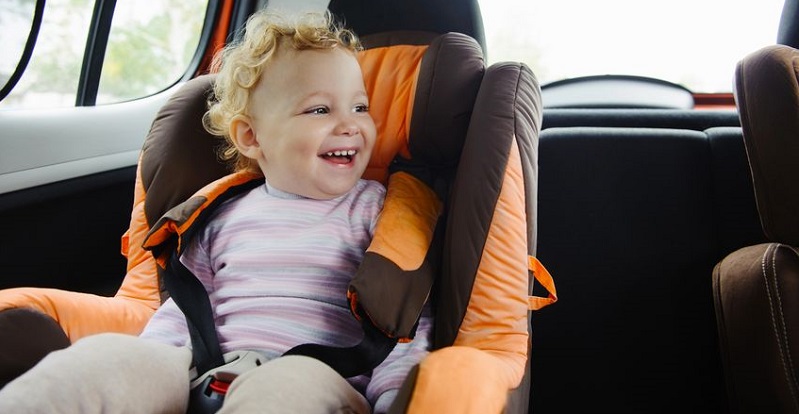Some child safety seats should be discarded because they don’t meet federal safety standards, and may not provide adequate protection should the vehicle be involved in an auto accident.
Authorities Say One Popular Model Should be Discarded
The National Highway Traffic Safety Administration (NHTSA) recently sent out a consumer notice alerting people of a safety problem with the Little Passenger Seat. Authorities say the bench-style seat should be removed immediately from the vehicle. This warning comes as officials emphasize that only federally approved safety seats should be used to restrain young children.
List of Child Seat Recalls Grows
The child seat in question was produced by Little Passenger Seat Inc. and was meant to go into the third or fourth row of an SUV. The company advertised the seat as custom-made for more than 70 different SUVs. Worse, the company responsible has gone out of business, leaving owners with no means of getting a refund. Regardless, safety officials say the seats should not be used, noting, “The bench seats are not certified as meeting Federal Motor Vehicle Standards, which specify minimum safety performance requirements for motor vehicles and motor vehicle equipment.”
This warning is not the only one on child safety seats. NHTSA has a thorough database of products that have been recalled or have a warning notice for a safety issue. Parents are encouraged to search the database to make sure their child’s safety restraint is safe. As a reminder on the website, there’s an alert to parents that child safety seats do expire, something a lot of people are surprised to learn. Each seat comes with an expiration date, which typically ranges from six to eight years. Wear and tear, improved technology, and replacement parts are just a few reasons why authorities have put an expiration date on the seats. A label on the bottom of child safety seats notes the expiration date.
Car Accidents Kill Hundreds of Kids Each Year
Safe Ride 4 Kids, a Denver-based nonprofit, highlights the sad statistics when it comes to young children and auto accidents. It notes that in 2017, nearly 800 children, age 12 and younger, died in car crashes. More heartbreaking, 37 percent of those children were not in a child restraint seat.
Over the years, there have been a number of tragic deaths of young children killed in auto accidents in Colorado due to a lack of restraint. In 2018, the Colorado Department of Transportation reported that between 2010 and 2016, nearly 40 unrestrained vehicle occupants 14 and younger were killed in crashes, while another 290 were seriously injured. It’s the law in Colorado and in all states that children under a certain age are safely restrained in either a child safety seat or a booster seat. In addition, there are specific guidelines on how to place the seat in the vehicle:
- Infants or children who weigh less than 20 pounds need to be in a rear-facing seat
- A forward-facing car seat should be used for children ages 1-4 who weigh between 20 and 40 pounds (though officials strongly recommend that children be kept rear-facing for as long as possible if the car seat allows)
- A booster seat must be used for children 4-8
- A seat belt should be used for everyone 8 and older.
When it comes to transitioning a child from the back to the front seat, Safe Ride 4 Kids notes that federal officials recommend a child be at least 13 years old before sitting in the front, and that advice is supported by those who make vehicle airbags.
If parents need more information on how to keep their child safe while in a car, the National Child Passenger Safety Board and Colorado Department of Transportation have extensive information and resources.

